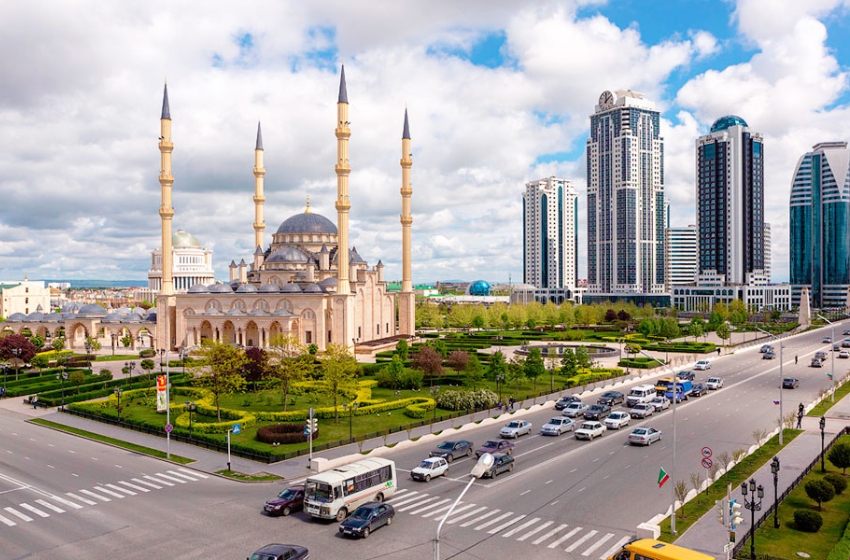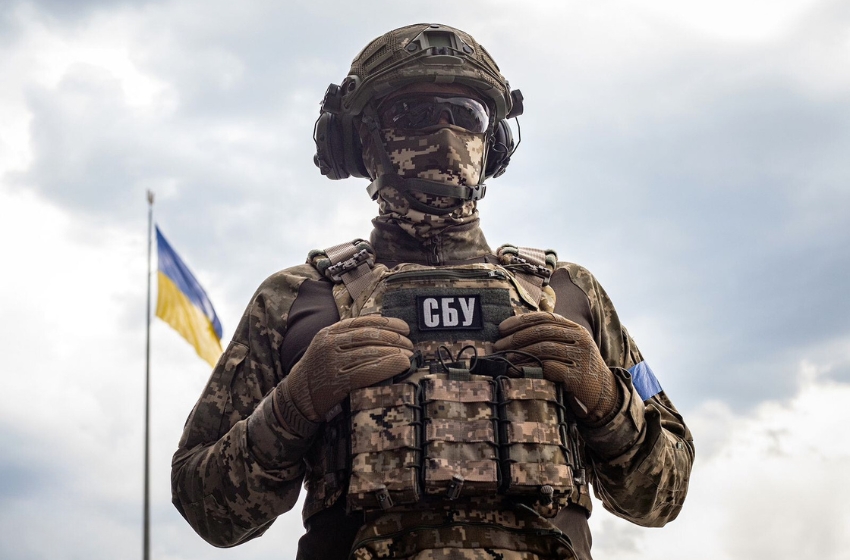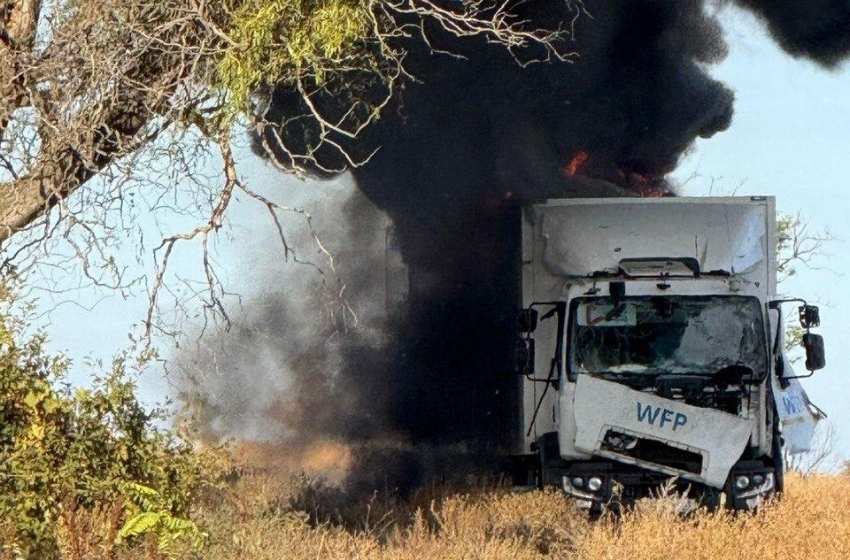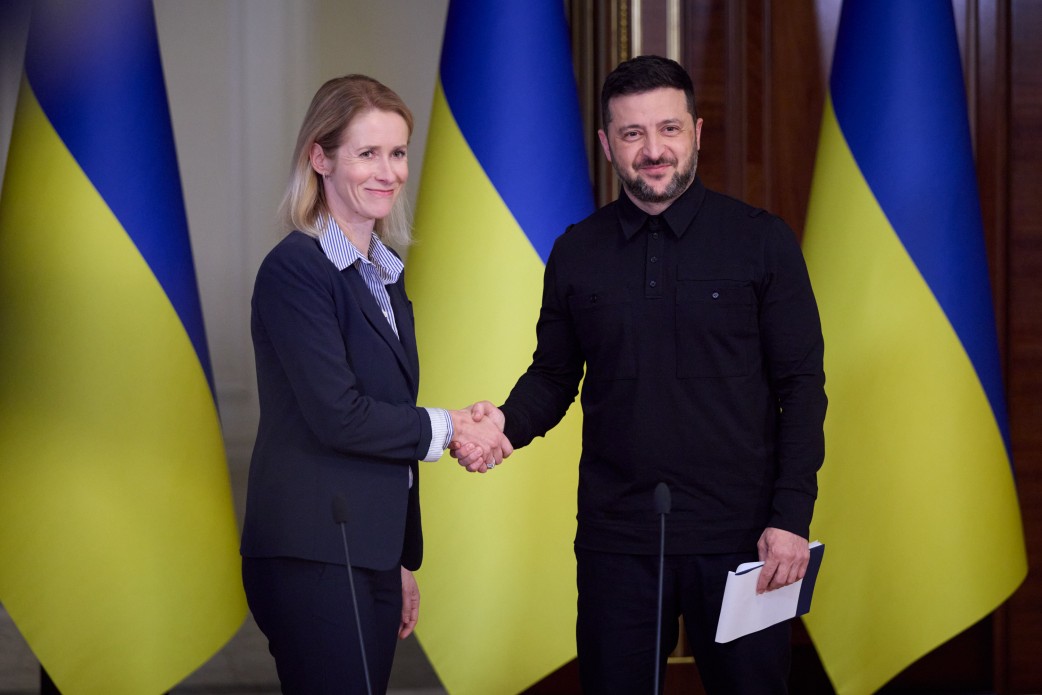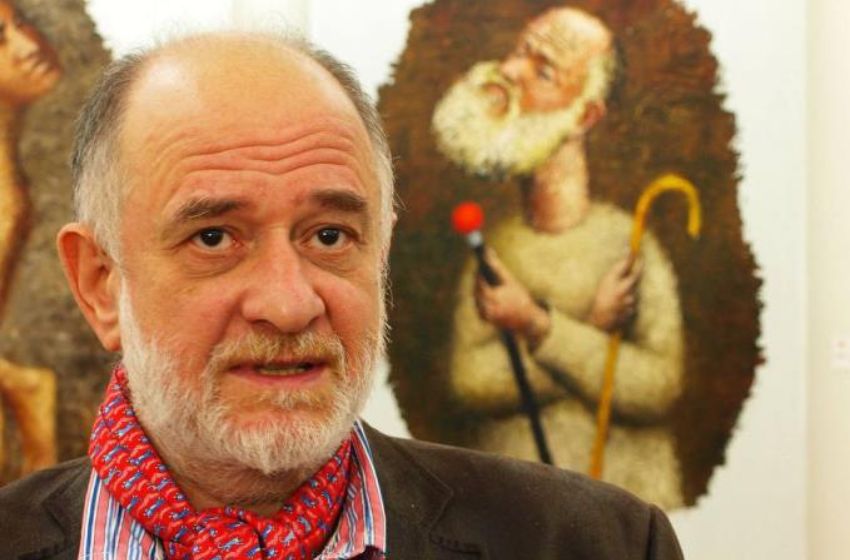Russia bombed another hospital in Kharkiv. The city experienced partial power outages. Good news from the front is scarce, and conditions are difficult everywhere. As a result, the media and social networks naturally highlight the most contrasting news, including reports about problems in Russia. These are then often linked in a narrative suggesting the imminent and inevitable collapse of Moscow.
It’s simpler that way.
The facts are as follows: Russia indeed has growing problems, but the situation looks somewhat different. The fuel crisis affects not just the economy.
The main imbalances are regional.
Moscow feels fine; its revenues are increasing. City authorities are concerned with where to allocate the money.
The rest of Russia—perhaps excluding St. Petersburg and a few other areas—falls into darkness.
In the first three quarters of 2025, regional budgets showed a deficit of 725 billion rubles. A year earlier, there had been a surplus of 472 billion.
Currently, 68 regions (80%) have running budget deficits. Revenue from personal income tax (payments to mercenaries) has grown, while corporate profit tax revenue has fallen.
In broad terms, the Russian government’s tactic is to balance the situation at a lower level by managing expectations and controlling citizens’ emotional state.
On one hand, Russians are expected to eat less, receive fewer benefits, pay more taxes—in short, tighten their belts with a sense of deep satisfaction.
As previously reported, VAT is being raised in Russia. At the same time, regional tax benefits are being rolled back. Moscow mandates maximum local tax rates, shifting the burden onto the regions and small-to-medium businesses.
On the other hand, the Kremlin (primarily the financial sector) ensures that no significant population groups are left completely unsupported to avoid provoking despair.
Thus, there is technically no unemployment in Russia—just palliative measures such as a 3–4 day workweek, partial employment schemes, or unpaid leave.
The authorities also react to scandals. For example, when a contractor did not pay workers at the Luchegorskaya TPP in Primorye, and they protested, the prosecutor’s office immediately intervened, and the payment issue began to be resolved. In other words, things may be bad, but they must remain quiet.
Periodically, the government provides small aid to public sector workers (salaries indexed from October 1), pensioners, and other low-income groups. The population clings to these minor supports, keeping open protests minimal.
Meanwhile, occasional sacrifices are made and publicized to discourage privileged groups from having “bad ideas.” The authorities also court participants of the special military operation and their families, although promised support is often not delivered.
It should be noted that the federal and regional budget deficits (excluding a few regions) and the scale of debt are not inherently catastrophic. Hence, the Kremlin projects “concerned optimism.”
However, with falling oil and gas revenues and crises in most non-military sectors, resource maneuvering becomes more difficult, and a spiral of dissatisfaction begins to spin.
This creates the risk of system failures.
Industry associations (coal, metallurgy, energy) approach the government for various forms of support—subsidies, tax breaks, deferments, etc.—but there isn’t enough money for everyone. Here, the fuel crisis adds an emotional dimension: people are frustrated, and any visible trigger can test the system’s resilience.
For example, over the past three weeks, tensions have flared around Kadyrov and Chechnya.
Russia is paying tribute to the Caucasus after its lost war, and Kadyrov has become a symbol of this shame. Recently, the Kadyrov authorities decided to rename three villages with Russian names in Chechnya (formally due to a local administrative reform).
This sparked criticism from General-Deputy Vladimir Shamanov, who once commanded the federal forces in Chechnya.
Kadyrov responded to Shamanov with insults. This set off ripples that intersected with another story.
The Russian Central Bank was selecting the design for a 500-ruble banknote dedicated to the North Caucasus Federal District. The front side featured Pyatigorsk, while a vote was announced for the reverse side design.
Kadyrov and his associates began lobbying for an image of Grozny city. Progressive online communities supported Mount Elbrus. A scandal erupted with mutual accusations of vote manipulation, leading the Central Bank to cancel the vote just as Elbrus was leading.
In other words, the Central Bank bowed to Kadyrov.
This, in turn, led people to recall everything about Kadyrov—his participation in the war against Russia, the genocide of the Slavic population in Chechnya, and his parasitic reliance on the Russian budget while other regions suffer.
Such intensity of public outcry has not been seen for a long time.
Loss of control over these emotional outbursts is the Kremlin’s main threat. Russia bombs hospitals in Kharkiv, in part, to prevent the Russian population from realizing “the reality of greatness.”
However, because these actions do not solve real problems for Russians, the effect is diminishing. This leads to a mild schizophrenia in public opinion: we support the war, but we want it to end as soon as possible.
The “sanctions” imposed by the Ukrainian Defense Forces help wealthy Russians focus on the reality of the situation. Beyond the economic impact, there is also a pedagogical effect. Not everyone grasps it yet, but the dynamic is noticeable.









